Ponies. Probably the cutest, most exciting, and characteristically hilarious horse breeds in the world. Whether they are merely acting as pasture companions to the herd’s more athletic picks or playing the role of princess unicorn pony at the annual birthday party, these robust little powerhouses wear many faces. While there are those ponies that are bred and trained for equestrian purposes, many are usually found at the end of a good punch line. As there are several breed associations afflicted with ponies, the Connemara Pony makes considerable waves when it comes to crushing this “too cute for work” stereotype. But what is it about these little Irish ponies that makes them so desirable to the modern equestrian? Maybe it’s their unparalleled athletic ability, or their family-friendly personality, or even their unique character. Still, we will get the bottom of this tiny but mighty pony’s appeal for whichever reason.
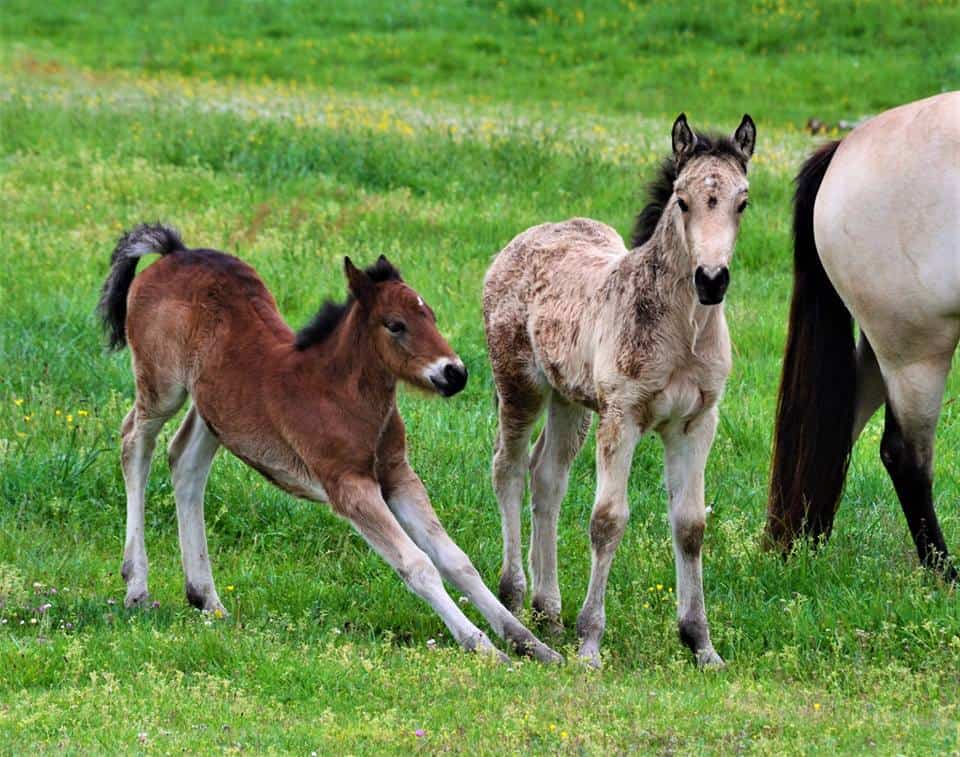
A Brief History of The Connemara Pony
To better understand the Connemara Pony’s full essence and their unique popularity among the equine community, let’s take a step back to when these little creatures made their first debut on Irish soil.
The name Connemara originates from the rural district located in Western Ireland, situated towards the Atlantic. These lands were covered by seemingly endless shorelines occupied by coves, bays, and various scattered fishing towns. Backed up to the mountainous terrain, the ponies lived on the diverse lands of bogs, heathlands, and lakes. The western seaboard and countryside once flourished with all kinds of wild pony breeds, who grazed the rugged lands and galloped across the cascading sands. While there were many, the Connemara Pony is considered an indigenous equine breed to Ireland’s nation. These ponies were quite literally born and raised on the rural slopes and sands of Ireland. So maybe it’s the ancestral familiarity that makes these ponies so desirable to the modern equine community. But being a native breed isn’t the only shining quality that this pony possesses.
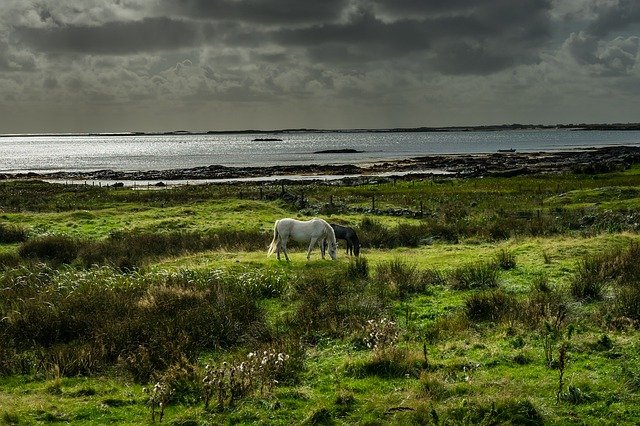
The Pony’s Lineage Woven into the Fabric of Ancient History.
During ancient times, ponies of all kinds roamed Ireland’s western seaboard’s open lands, from the shortest foal in the herd to the sturdiest stallion.
So how did these short and rather tough ponies develop into the now high-performance Connemara Pony?
There are a few theories, and some fables, on how these endurance ponies came to be, with some even dating back to the BC centuries. The first theory takes us back to the sixth century BC when the Celts overran Europe. During this time, many horses were brought by ship over to Ireland for riding and breeding purposes. Barb and Spanish horses’ breeds were most prominent in this development and soon began to crossbreed with the native pony herds. As the breeding continued, it commenced a change in the once stubby yet sturdy Connemara pony. The Barb and Spanish horses’ athleticism and endurance qualities soon became more noticeable in the pony’s conformation as decades passed. This cross-breeding gave the Connemara pony a greater agility level to match their muscular preexistent build, creating an ideal performance pony.
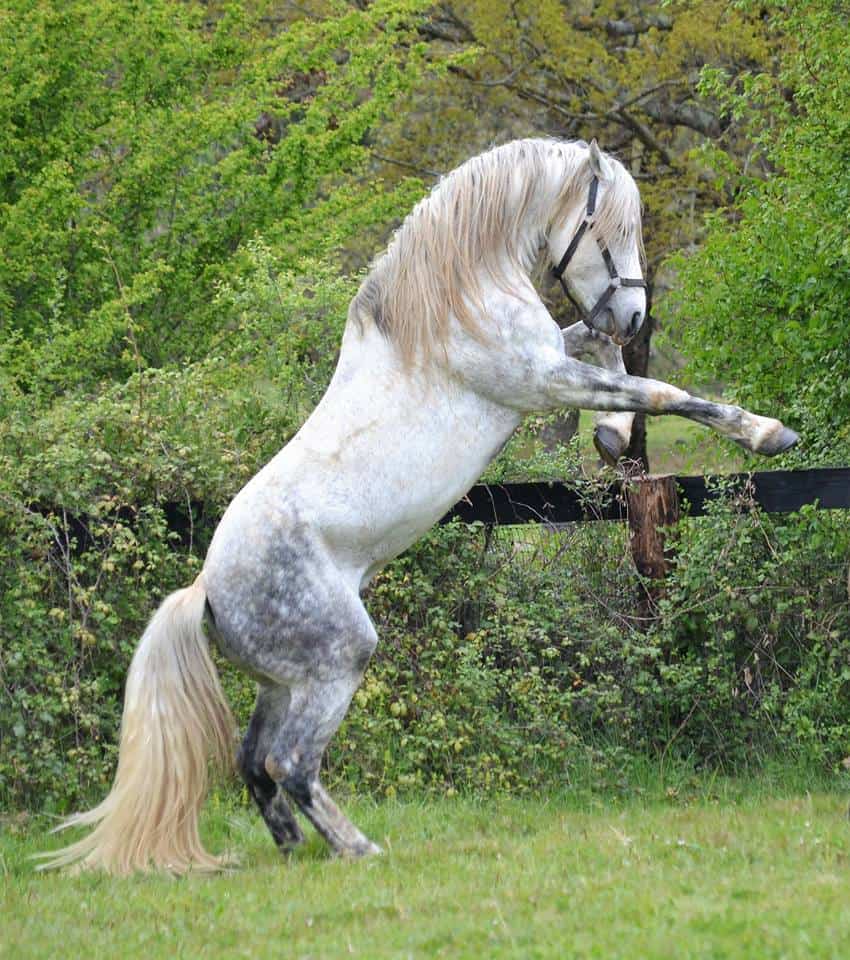
19th Century & The Introduction of Welsh Blood.
In the 19th century, in conjunction with the pony’s ancestral connection to the Barb and Spaniards equine breeds, there was another development in their genealogy. Welsh blood has been previously confirmed in the Connemara lineage, mixed with some Irish Hobby influence. This link was first recognized when the Welsh stallion named Prince Llewellyn sired the colt Dynamite out of a native mare pony. Dynamite later sired the first stallion recorded in the Connemara Stud Book in 1904.
Other theories of the Connemara Ponies lineage reach much farther into a myth than fact. For instance, some equestrians believe that the pony originated from the cross-breeding of Spanish and Armada horses during the year 1588. While this story may seem believable, it was thought that these horses swam ashore after being shipwrecked off the Irish coastlines. The fable continues as the ponies and horses then allegedly began to breed to reach the now Connemara Pony. Due to the lack of witnesses, this story is more commonly known as a fable than fact, but nevertheless a great bedtime story. Some even say that the pony was born out of the Vikings’ time, when Shetlands, Iceland, Norwegian, and Highland ponies roamed free.
As the pony continued to develop throughout history, its athletic range began to broaden as more breeds were introduced to their lineage. Throughout history, the Connemara pony has been recorded to breed with Thoroughbreds for endurance, Hackneys for agility, and Clydesdales for added strength.
A Use for Everyday
As cross-breeding continued, the Connemara Pony began to be utilized in more and more activities. Their duties began on the farmlands as driving ponies for plowing fields, carrying heavy equipment, and delivering crops to the various markets. Some ponies were used as hunting steeds, as they could withstand the full weight of an adult rider plus the kill that was collected.
When breeders began cross breeds such as Thoroughbreds and Spanish horses’, the Connemara started developing more athletic ability outside the farm. The Thoroughbred-Connemara cross created a pony with the athleticism and speed of a racehorse while maintaining the strength of the once free-roaming native pony. They were soon able to be ridden in shows as performance ponies, ideal for any age and class division. As their athletic range continued to diversify, the demand for the Connemara pony quickly intensified.
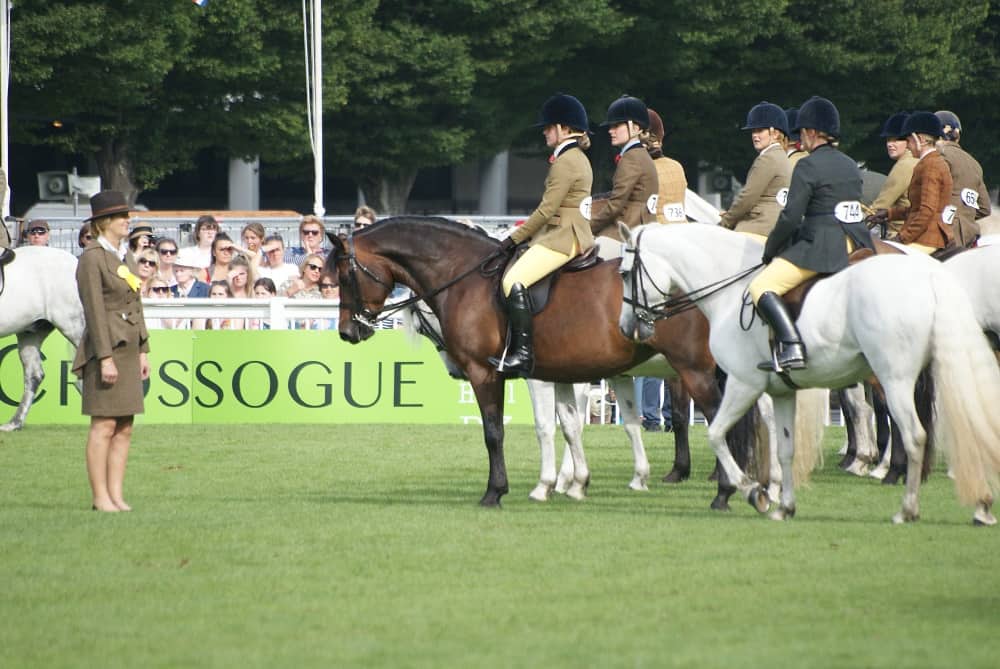
J. Cosser Ewart’s Research.
In the early 1900s, a professor named J. Cosser Ewart conducted a lengthy research study on the breed to understand their full capabilities better. After weeks of research, Ewart concluded that the Connemara Pony was the perfect all-around pony for any equestrian. His exact words mention the full effect of his research realization;
“They are capable of living where all but wild ponies would starve… they are strong and hardy as mules, fertile and free from hereditary disease, their extinction would be a national loss”.
J. Cosser Ewart
The Connemara Pony Breeders Society.
After Professor Ewart’s discovery, everyone wanted to get their hands on the latest and greatest pony. Soon after his study, a commission was put on the Connemara Pony breeding, and by 1923, The Connemara Pony Breeders Society was founded. Once established, the breeder’s society was committed to preserving, protecting, and improving the pony with the Department of Agriculture’s backing support. Their mission was to better enhance the quality of life for the Connemara Pony through preservation and breeding tactics to increase their already impressive athletic ability. The society vowed to only breed stallions with mares that shared similar and sensible qualities to produce healthy and happy foals.
The pony’s popularity continued to multiply, and by the year 1947, The English Connemara Society was formed, which shared similar values to that of the breeder’s society. As the name Connemara spread throughout the nation, their successes began to sweep the equestrian community off its feet.
In 1935, for example, the International Horse Show held at Olympia in London gained a new and very unique champion for highest fence cleared. Nugget, a twenty-two-year-old Connemara Pony with a heart of gold, cleared a 7’2” fence with a grace that had the entire crowd on the edge of their seats. Pretty impressive for an old fellow, wouldn’t you say? It must have been that ancient bloodline.
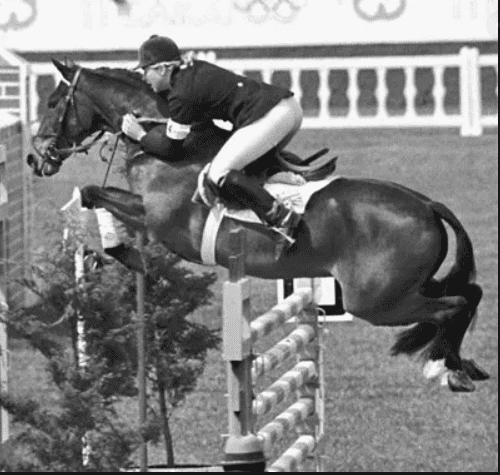
The most well known Connemara Pony Cross is Stroller, who in his lifetime has won 61 international competitions with the help of his rider, Marion Mould. This Connemara Thoroughbred cross measured only 14.1 hands and grabbed the silver medal for showjumping at the 1968 Mexico Olympics.
The Connemara Pony Show in Clifton
Ponies such as Nugget and Stroller are only a few examples of the greatness that these little powerhouse athletes can accomplish. To showcase their seemingly ceaseless talent, The Clifton Show in County Galway hosts an annual event for all things Connemara. Taking place on the 3rd Thursday of every August, owners, riders, breeders and followers travel from all over the world to come and witness the vast magnitude of the pony. Organized by the Connemara Breed Society, the Clifton Show has been produced annually since 1924.
The Connemara pony is celebrated globally, but to the Irish equine community, they are of heart and blood. These ponies are the ideal riding pony, born from the Irish countryside’s rough terrains and raised with the various farmers and equestrian communities. Their athleticism is brilliantly paired with an elegant, hardy, and intelligent character, arguably making them the best performance pony in the world.
This Article by Jordan Bastian was originally published in the January 2021 Issue of Irish Sport Horse Magazine. All Connemara Pony Pictures are the property of and courtesy of Elevage De Garros unless otherwise referenced.
